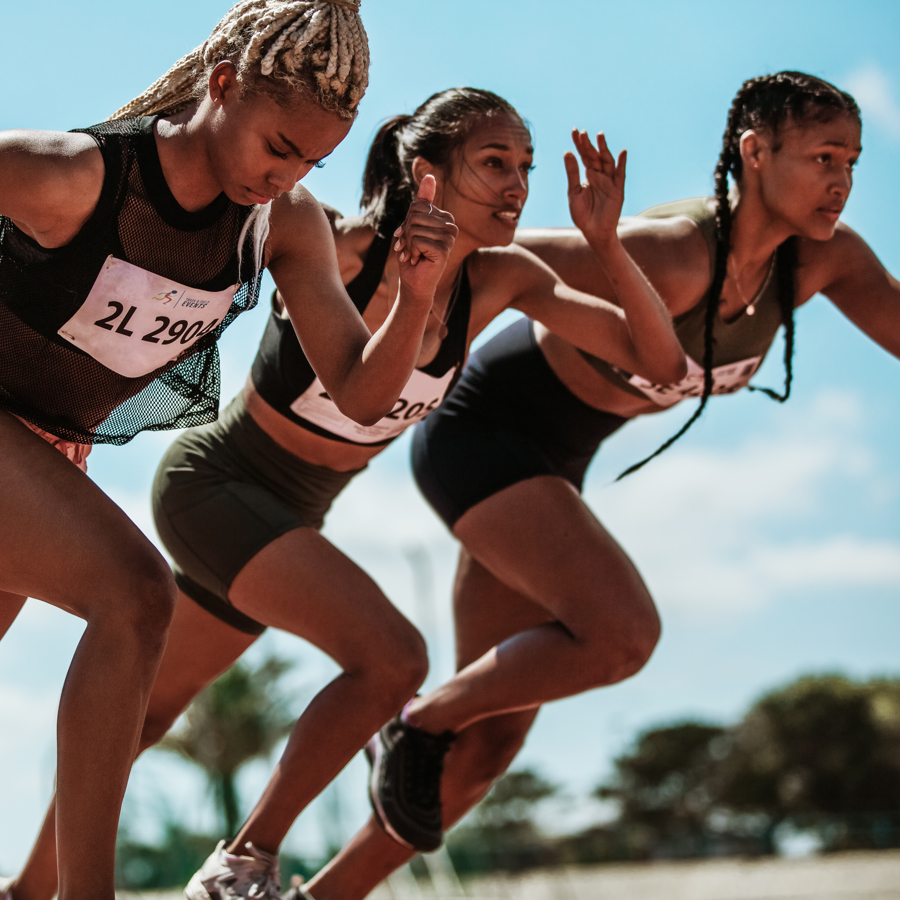
How do genes affect being a great athlete?
June 3, 2025

- Related Topics:
- Genetic variation,
- Genotype and phenotype,
- Personalized medicine
A curious adult from Italy asks:
"What role do genes play in making someone a phenomenal athlete? Are different genes helpful for different sports?"
“Nurture or Nature?” is a question you may have heard before - in some ways it is the dilemma of genetics. This dilemma is compelling because there is no single correct answer!
But when Simone Biles wins another gold medal, or Usain Bolt sets another world record, one can’t help but wonder how they got there. Was Bolt born with something special? Did thousands of hours of practice shape Biles into the athlete she is today? In short, is it nature, or nurture, that makes these athletes great?
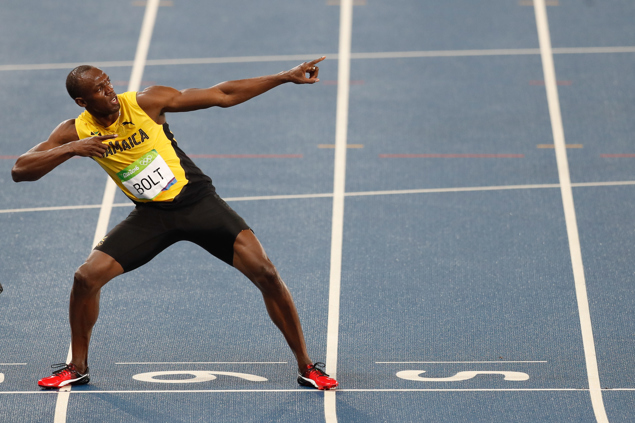
Studies show that traits like endurance and being an elite athlete are often inherited, however, while genetics (or our DNA) definitely plays a part in athletic ability—it’s not the only factor. And to complicate things more, having different gene variants can be a tradeoff, making you better at some sports but worse at others. And issues of economic barriers, access, and equity have a profound impact on someone’s ability to become an elite athlete, meaning that not everyone has the opportunity to pursue such a path regardless of the genes they might have.
Heritability of Athleticism
Scientists have some answers here. Our nature, from a geneticist’s point of view, is encoded into our DNA - a series of 4 letters (nucleic acids) that, like the 1s and 0s of a computer code, give rise to the complexity of not only all humans, but all life on earth. A favorite tool geneticists use to figure out the heritability of a trait - how well differences in people's DNA account for differences in a certain trait - is the twin study.
Identical twins have (almost) identical DNA, while non-identical twins share only about half their DNA, the same as non-twin siblings. This means we can compare identical and non-identical twins to figure out the heritability of a given trait.

Heritability can range from 0% to 100%. A heritability of 0% means that variability in the trait is entirely explained by the environment and random chance (so identical twins vary from one another as often as as non-identical twins). As heritability increases towards 100%, more of the variability in the trait is explained by genetic factors (so identical twins vary from one another less than non-identical twins). Note that this is subtly different than saying what proportion of the trait is genetic - a heritability of 40% does not mean the trait is 40% genetic, it means that 40% of the variability in the trait is explained by genetic factors.
Many traits having to do with athleticism have high heritability. For instance, VO2 serves as a rough measure of endurance-type athleticism and has a heritability of ~45%.1 This means that 45% of variability in VO2 among individuals is due to genetics. We can also measure the trainability of VO2 by looking at, for instance, how much mice improve their VO2 when put through a training program. The trainability of VO2 max (which somewhat surprisingly doesn’t correlate to baseline VO2 max, at least in mice), has a heritability of ~50%.2 Heritability of elite athlete status itself is estimated at ~65%!3
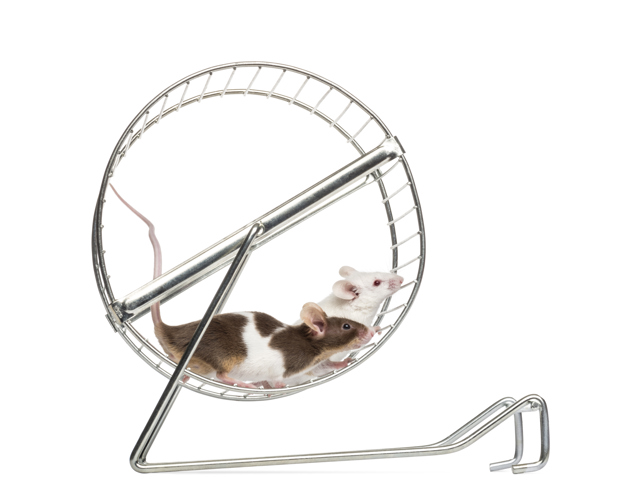
DNA encodes all this information in a bunch of interesting ways, one of which is by storing the instructions to make specific proteins. Proteins are the little machines that actually do most of the things that are necessary to keep you alive and functioning. The instructions for each protein are stored in a part of the DNA referred to as that protein’s gene. Different people will have variants (different DNA letters) in their genes, and these differences can cause the gene to make different versions of the protein.
Hammering out genetic insights
To figure out how nature plays into sports, we want to figure out which gene variants might make you a better athlete. One way to do this is by breaking similar genes in mice, and studying what goes wrong. This is a bit like trying to figure out how a bike works by going into your garage, hitting your bike with a hammer, and noting what goes wrong the next time you go out for a ride. When you put a huge dent into the wheel of your bike, you’ll find that the bike doesn’t roll nearly as well. Thus, you can conclude the bike wheel must be important for rolling. Using this approach, scientists identified 14 genes associated with running and swimming endurance in mice were identified with this approach.4
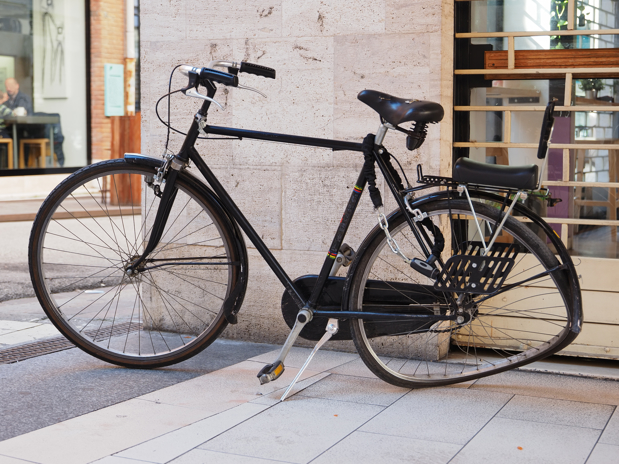
But no one (hopefully) is riding around with a hammer-sized dent in their wheel, and while this can help us identify genes important in athletics, it doesn’t tell us much about which variants might make someone a better athlete. It’s also limiting because we are studying such an extreme version of every gene when we destroy it. The wheel of a bike contributes to steering, balance, and traction in many different subtle ways, but when we destroy it with a hammer we may only pick up on the most obvious changes.
Using human variation to understand gene variants
If you’ve looked around recently, you may have noticed people are not all the same. You are born having inherited half your DNA from each of your parents, leading to a unique combination that makes you, you. We can use that natural variation to learn a lot about genes!
By collecting the DNA of a bunch of people who are athletes, and a bunch of people who aren’t athletes, we can figure out which gene variants are associated with being an athlete. This is called a GWAS (genome-wide association study). We can, and do, use this method to learn about all sorts of traits - height, risk for heart disease, and more.
This whole process is a bit like trying to build the ultimate racing bike by buying different bike parts at random from a bike shop, throwing them onto frames to build frankenbikes, and then doing timed laps to figure out which bike is best. Look, you might say, all these bikes with heavy racks and panniers attached are going much slower at the race track! Having panniers must be important for the trait of “bike-racing-ness”, and the pannier variant is associated with slower times.

Similarly, when researchers did a GWAS study looking at elite athletes, they found a variant in the ACTN3 gene. ACTN3 provides the instructions needed to make a protein that helps with the formation of the fast-twitch muscles that give sprint power. About 18% of people have two “broken” versions of the ACTN3 gene, which does not make any protein at all. Only 6% of Elite power athletes have two broken versions, so we can say the functioning variant is associated with elite power athletes.5
But 6% is not 0%! Some elite power athletes do still have two broken versions of the ACTN3 gene! This kind of partial effect is what we almost always find with GWAS studies - rarely will a variant guarantee an outcome one way or another, instead they just push probabilities slightly up or down.
And importantly, having panniers on your bike isn’t universally bad! If you were trying to haul back groceries from the store, you would be really happy to have a bike with panniers.
Elite endurance athletes are actually more likely to have the broken version of ACTN3: 24% have two broken copies compared to 18% in the general population. Potentially, without the variant that forms fast-twitch muscle fibers, they are left with more of the slow-twitch muscle fibers important for endurance.5 But again there are still plenty of elite endurance athletes that have the fully functioning fast-twitch version - it might make a certain type of athleticism more likely but it does not guarantee it.
Athleticism and human health
All this is interesting for our nurture vs nature debate, but it also has real implications for human health. For instance, most work on heart disease looks into what is going wrong in people’s hearts and then tries to come up with drugs to fix those problems. But a parallel approach is to look at what’s going right with people that have exceptionally good hearts (say very high VO2 max) and try to make drugs to promote those things.6 In this way, studying the genes of athletes can improve the lives and health of everyone, elite athletes or not.
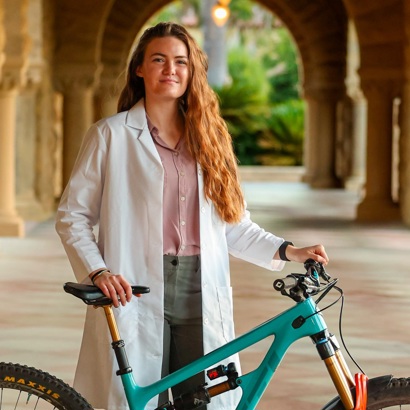
Author: Kate Lawrence
When this answer was published in 2025, Kate was a Ph.D. candidate in the Department of Genetics, studying statistical methods to link genes and genetic variants to molecular traits and complex diseases in Stephen Montgomery’s laboratory. Kate wrote this answer while participating in the Stanford at The Tech program.
 Skip Navigation
Skip Navigation
